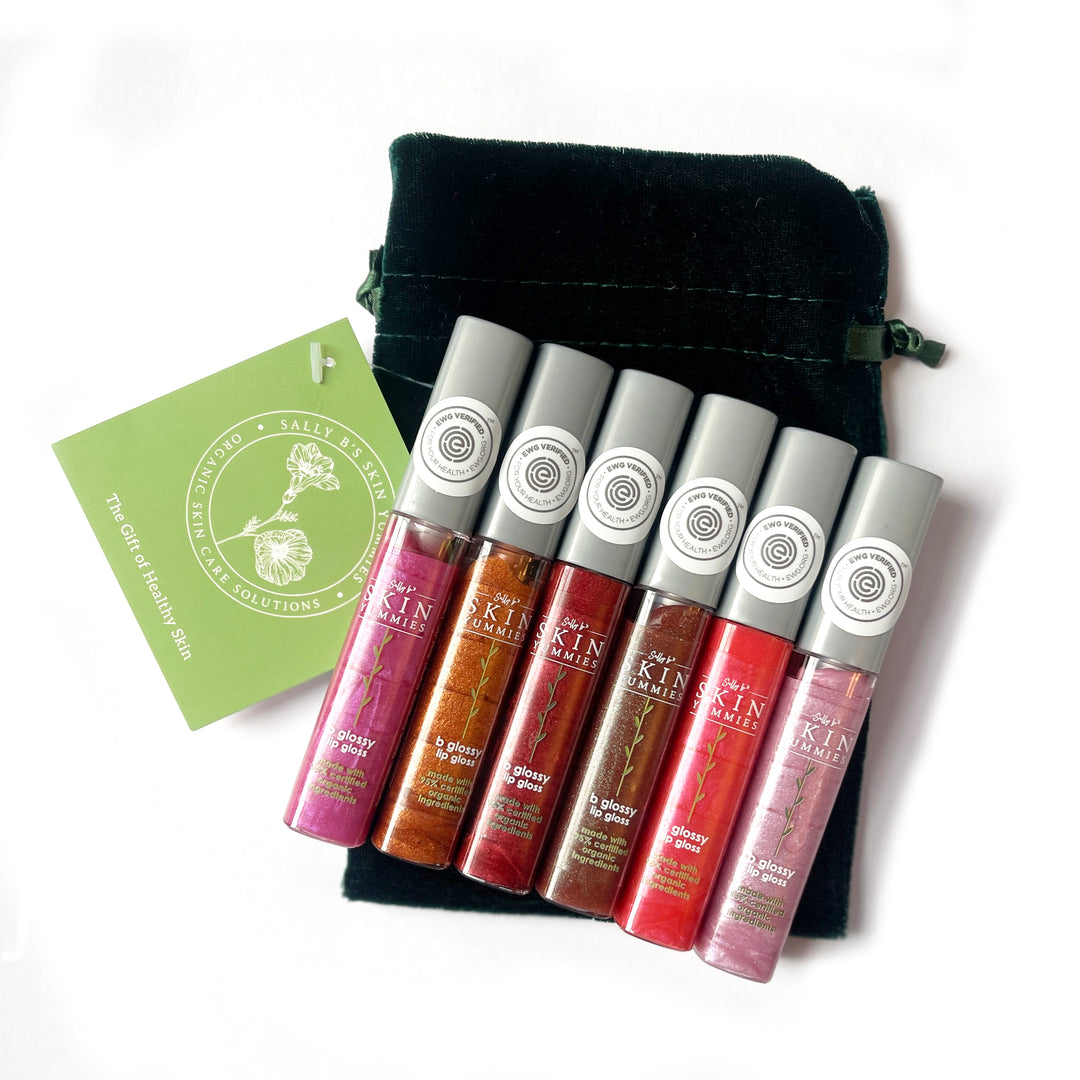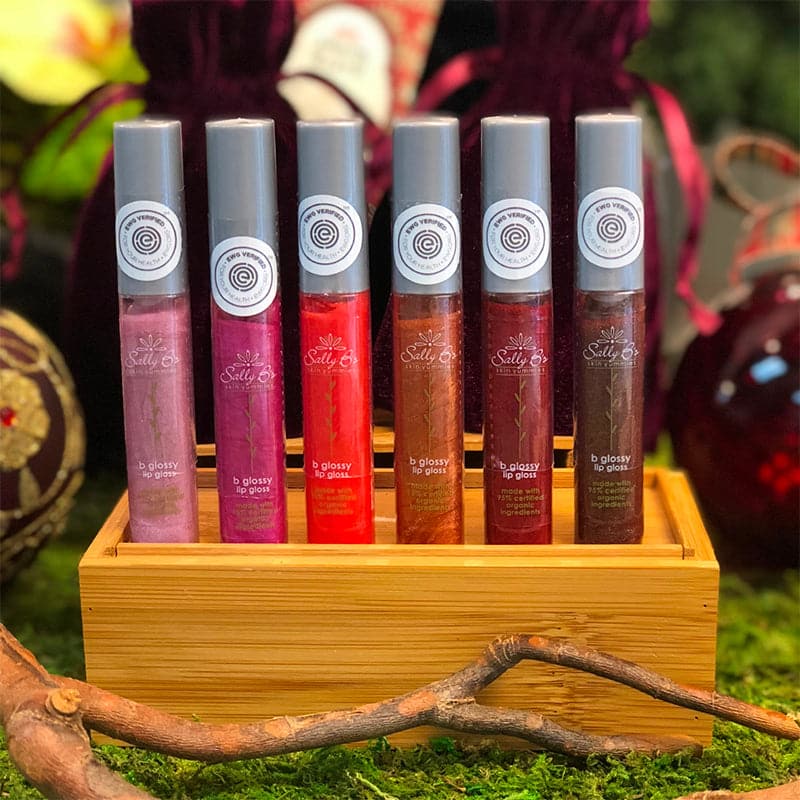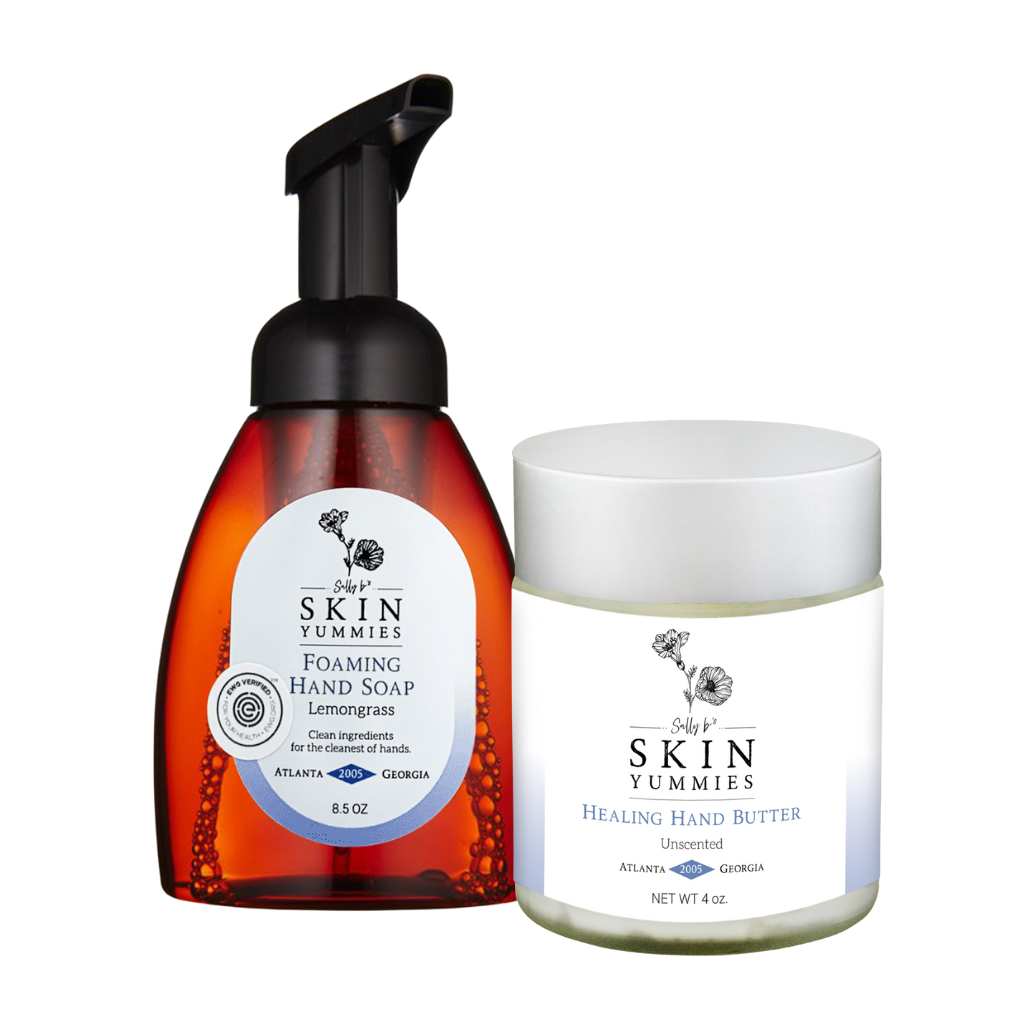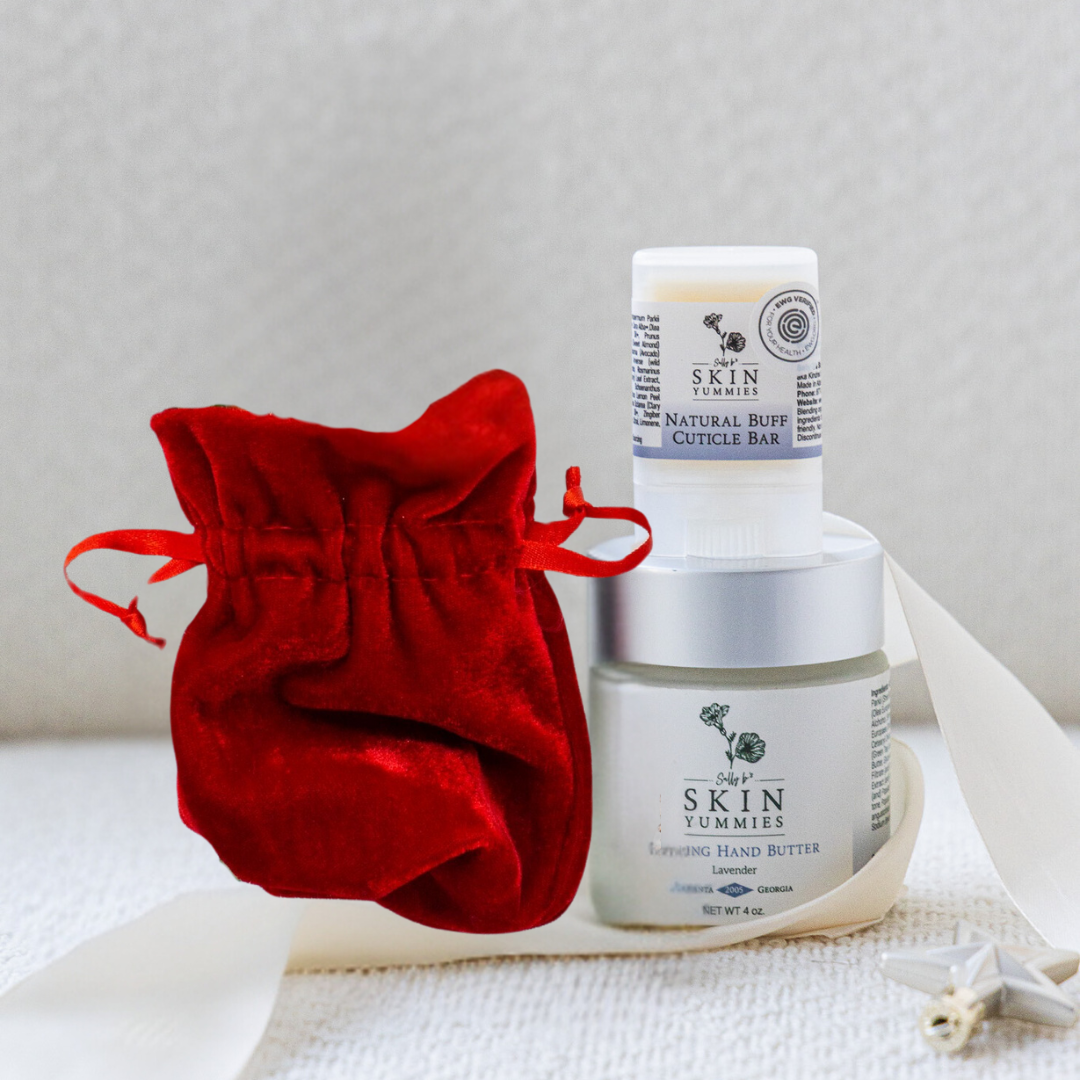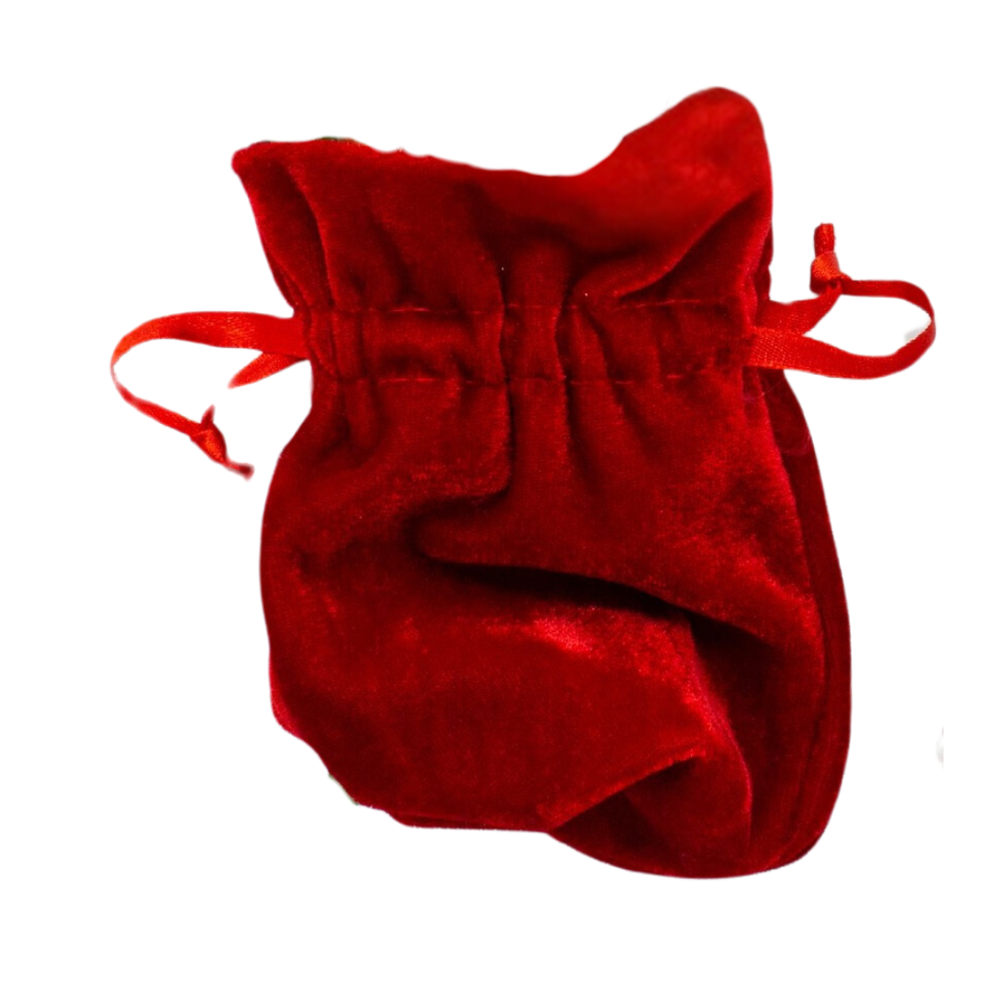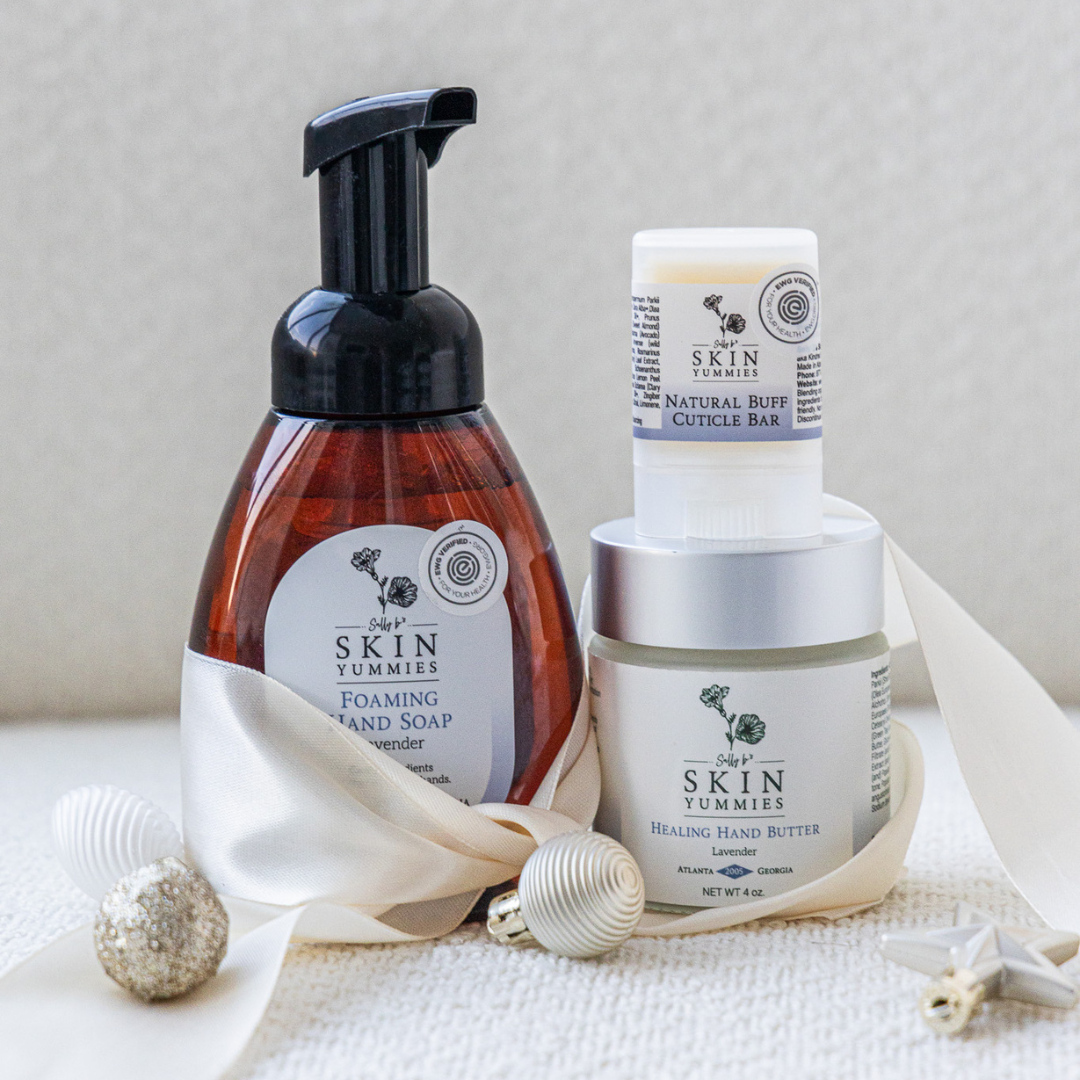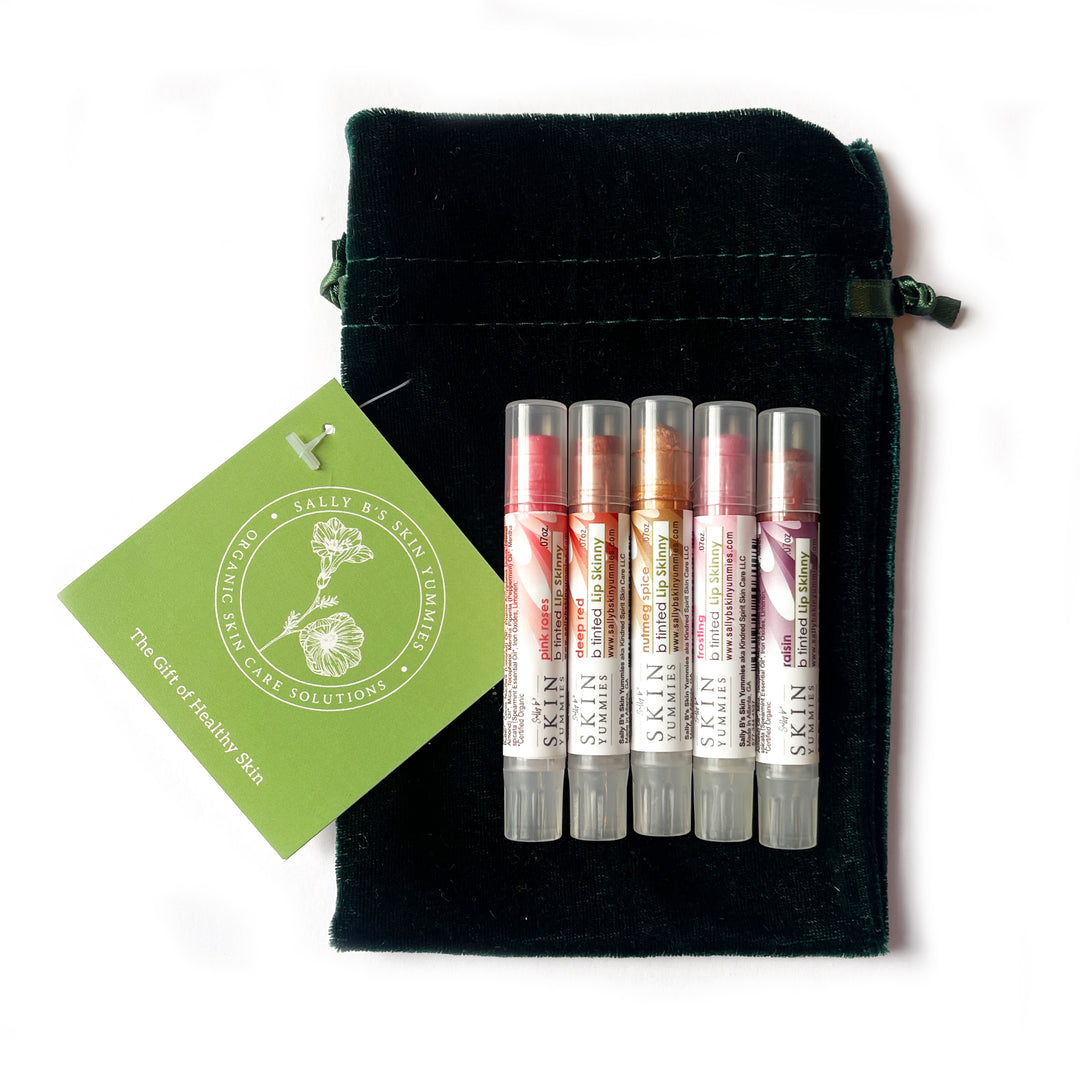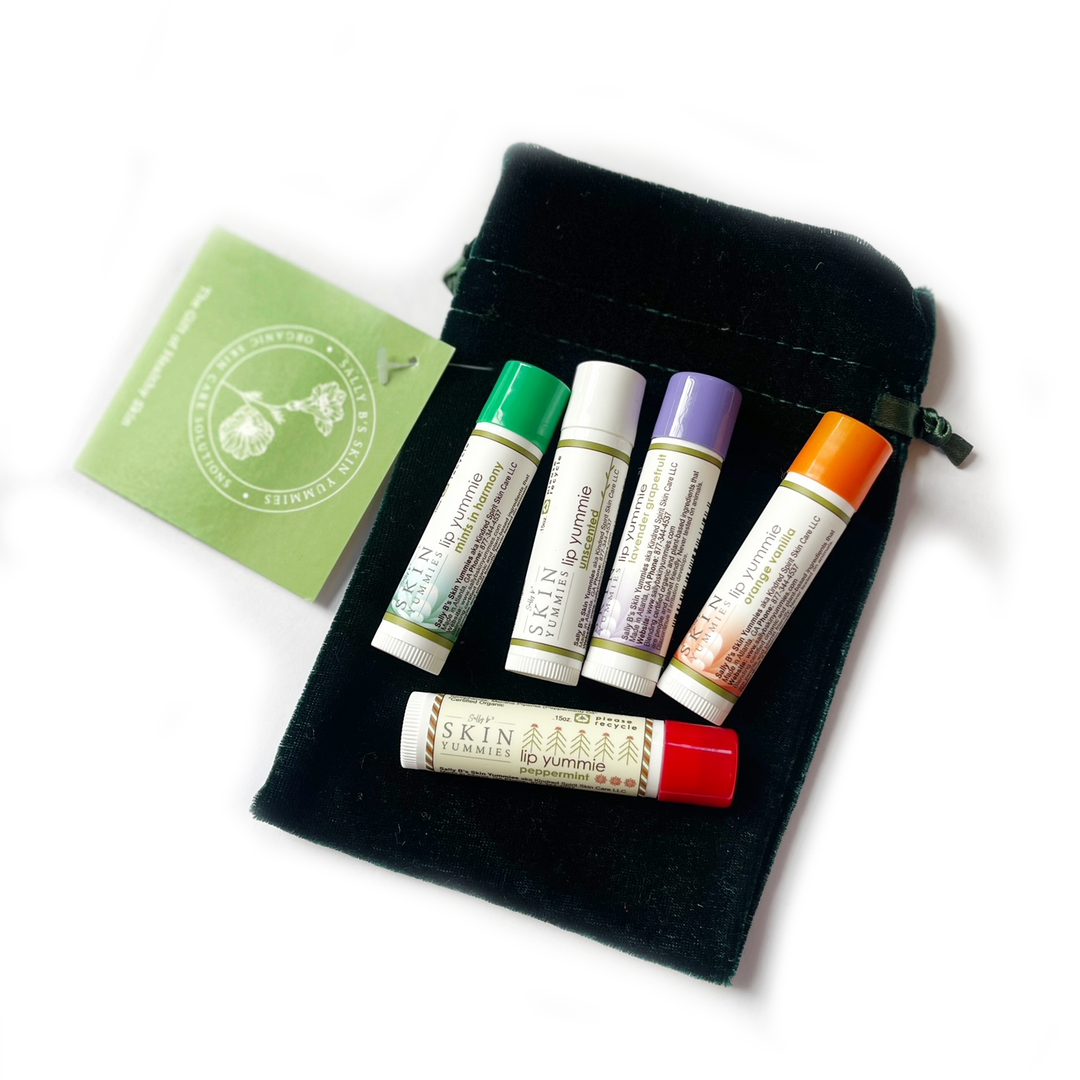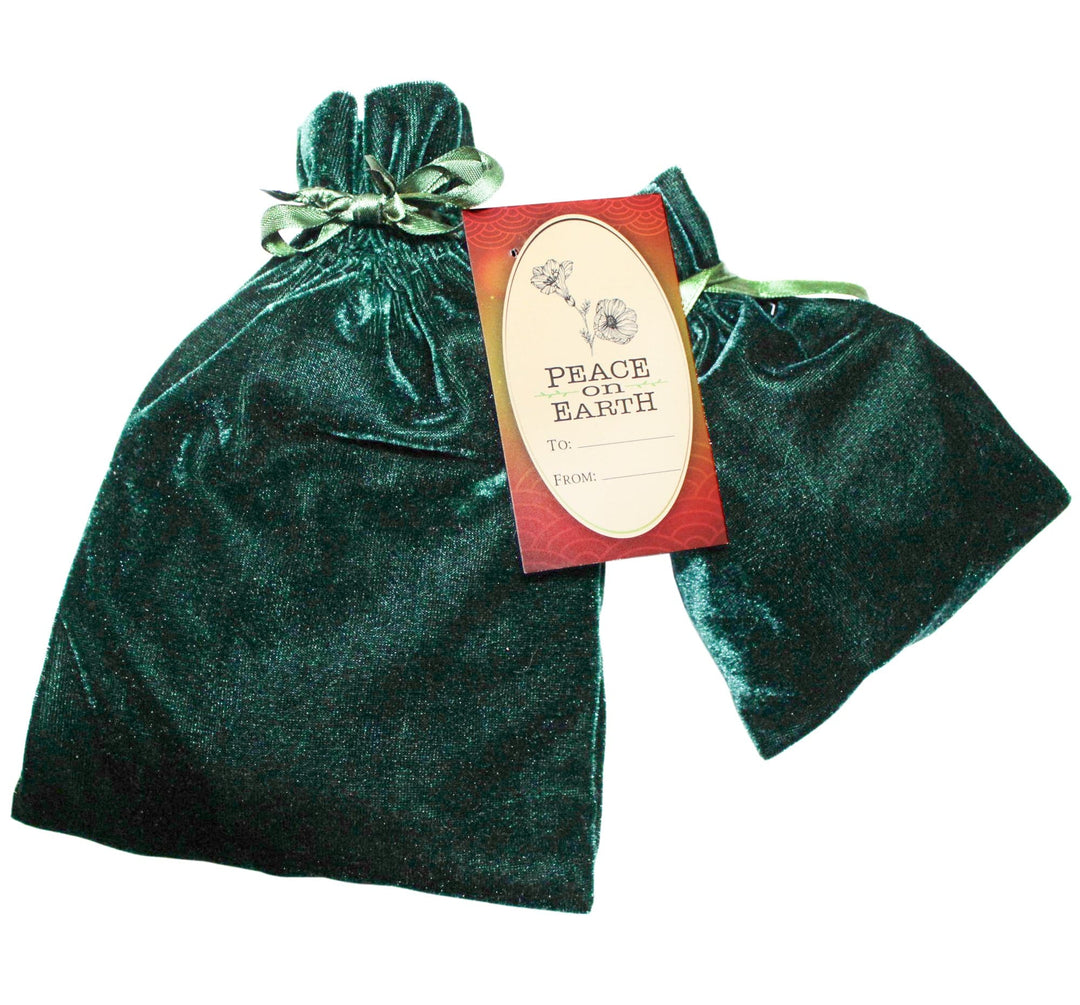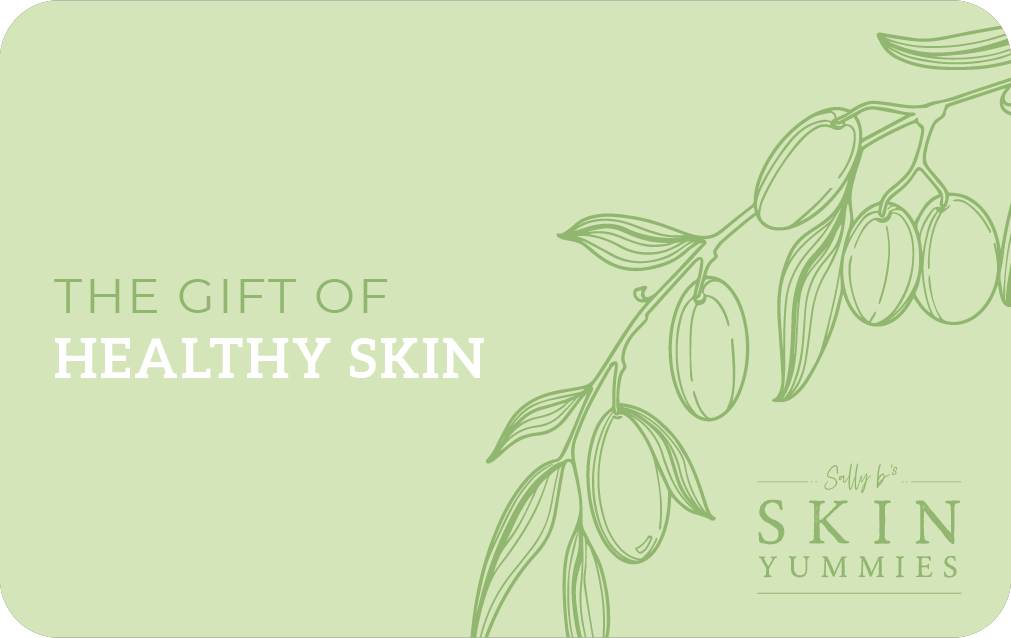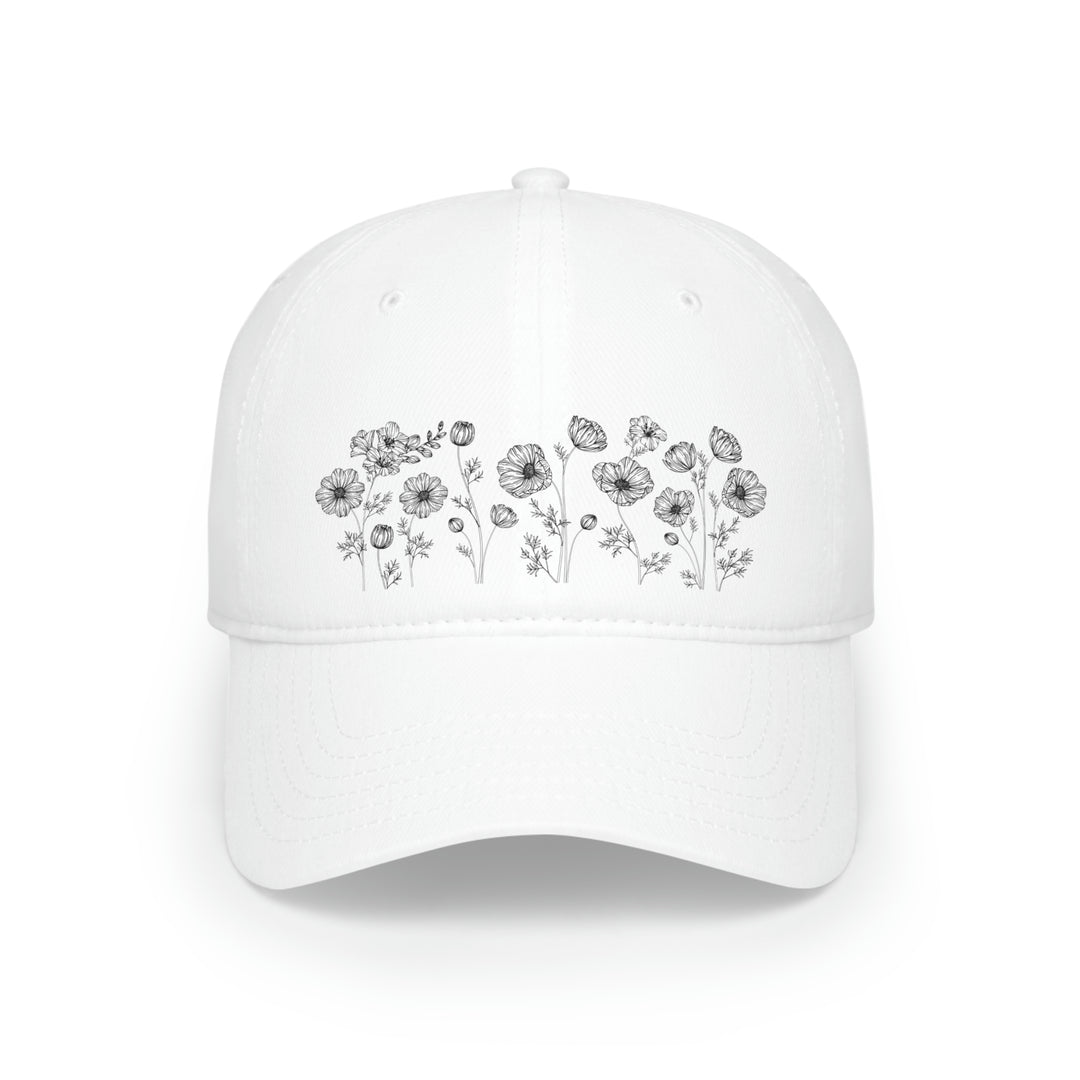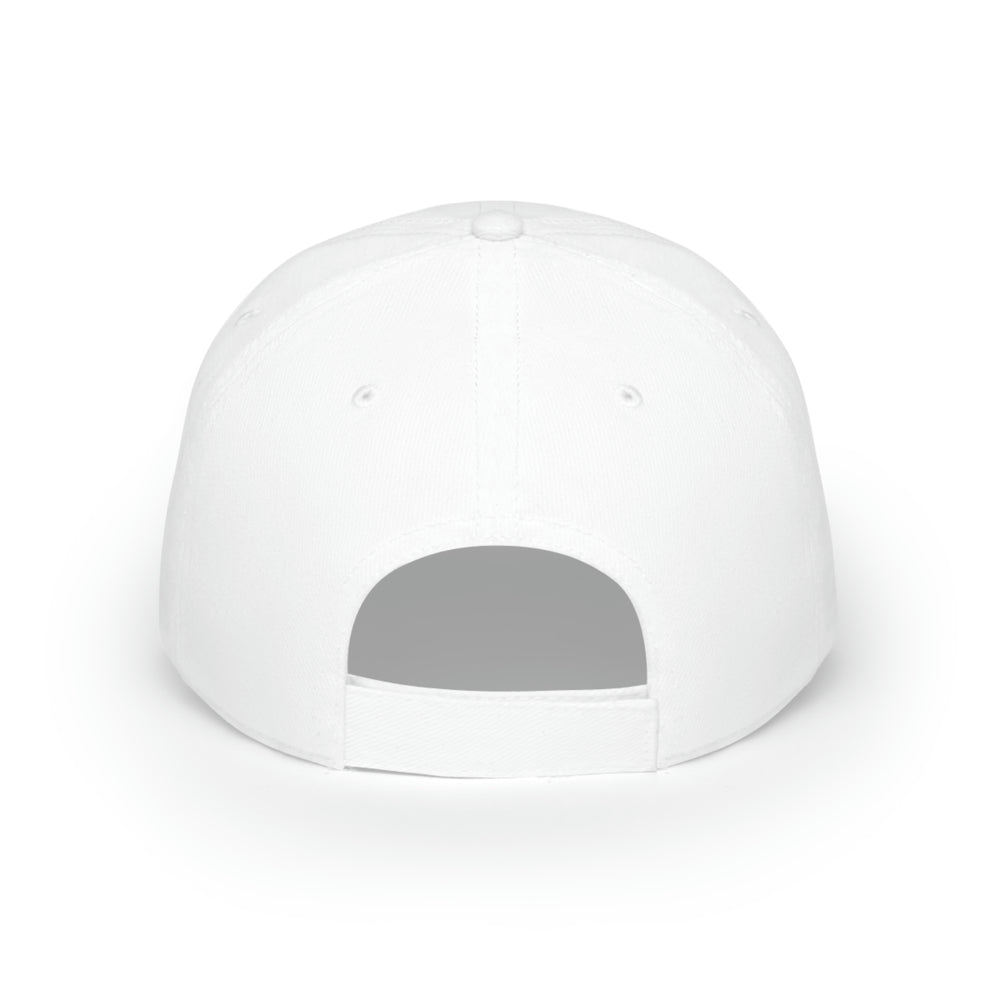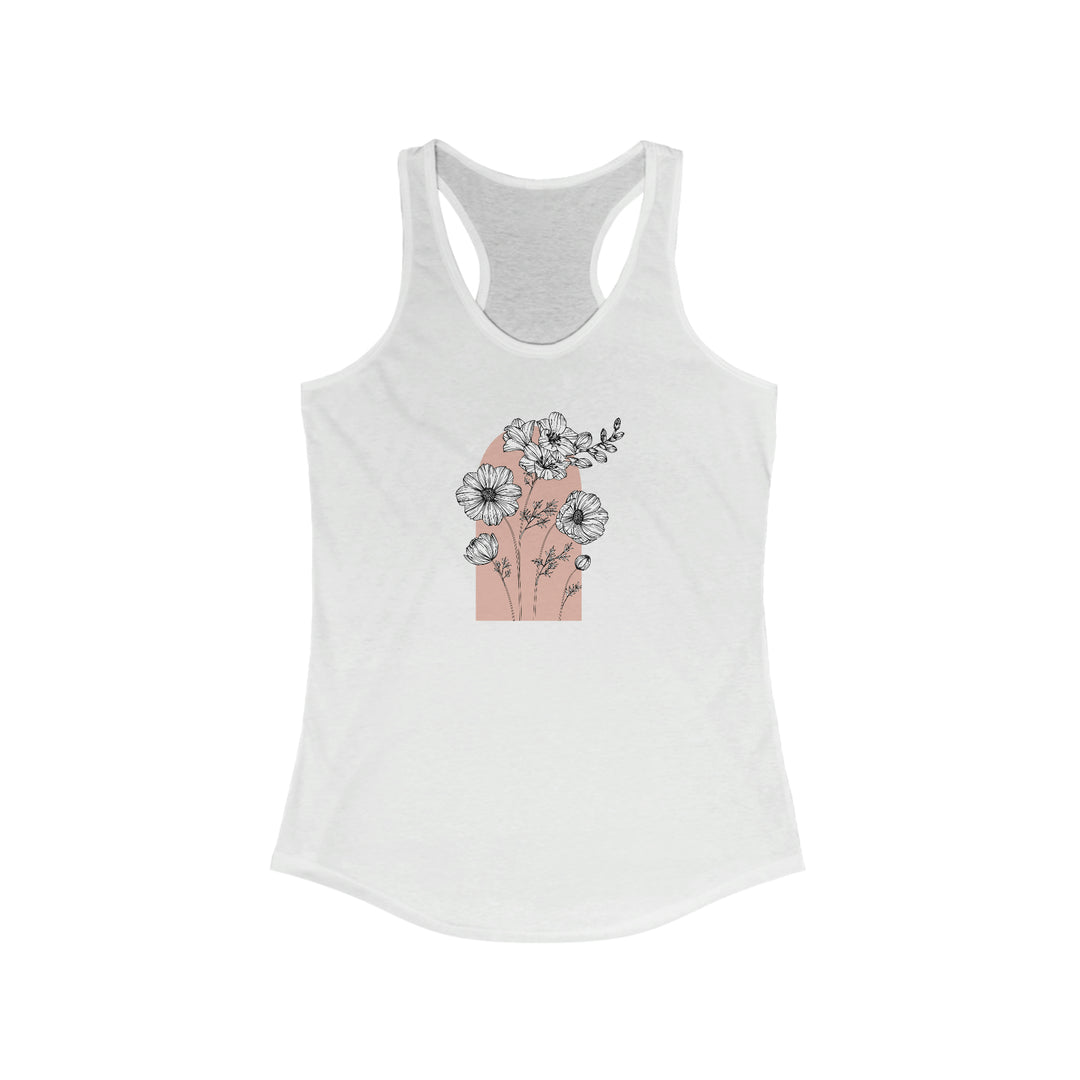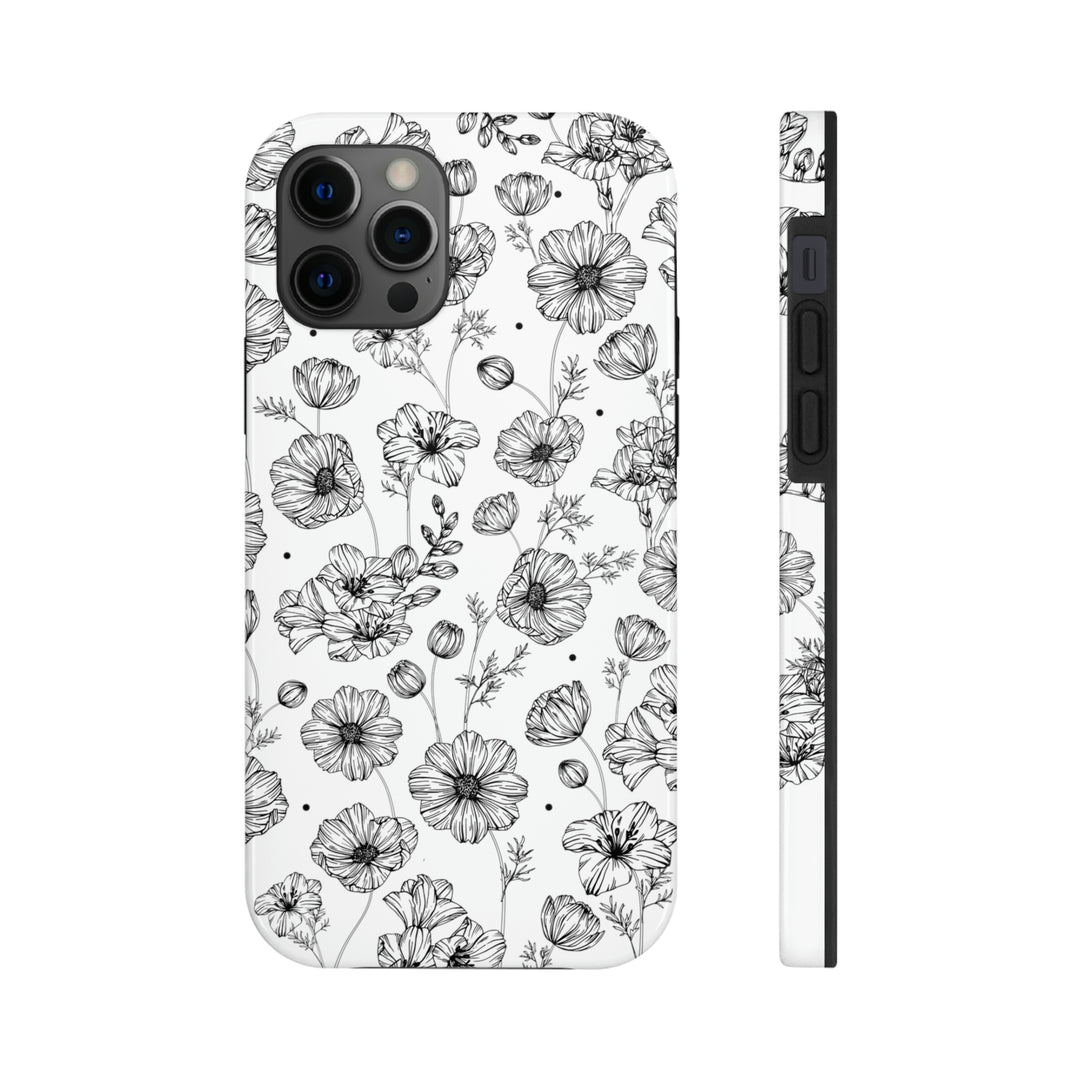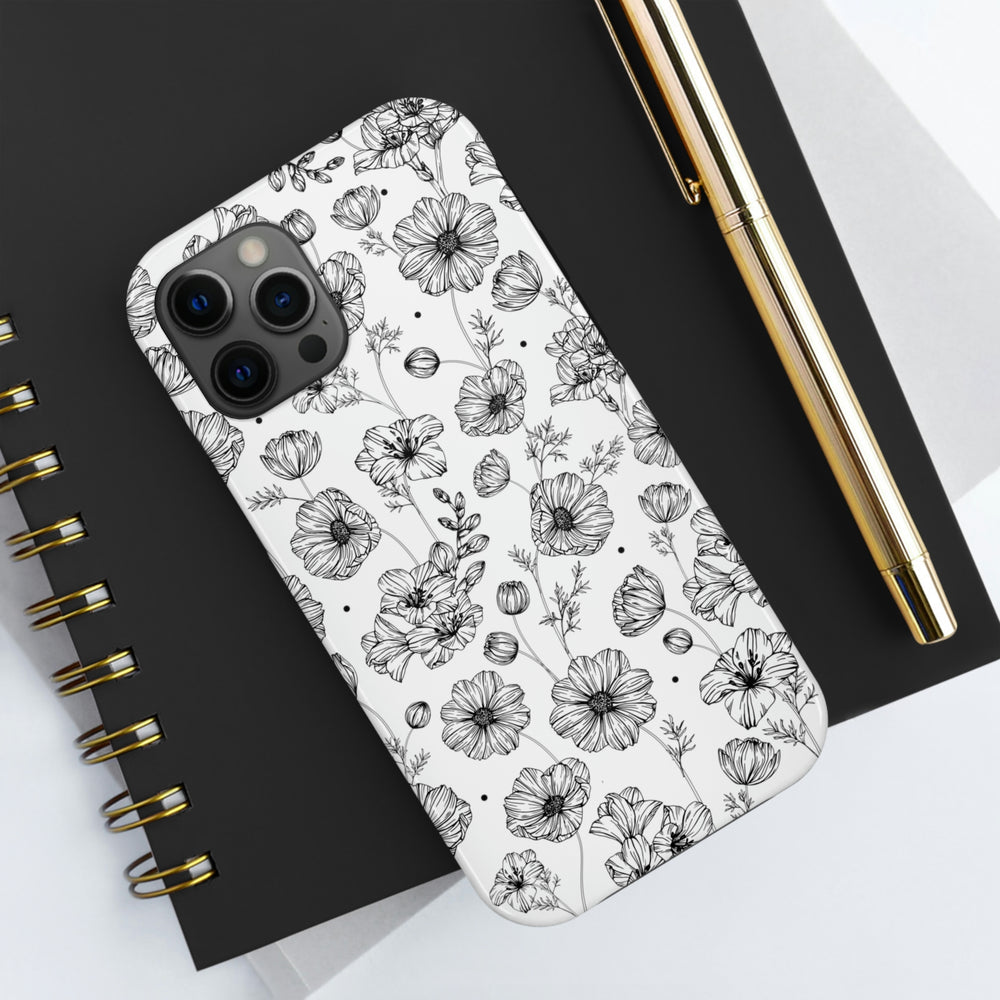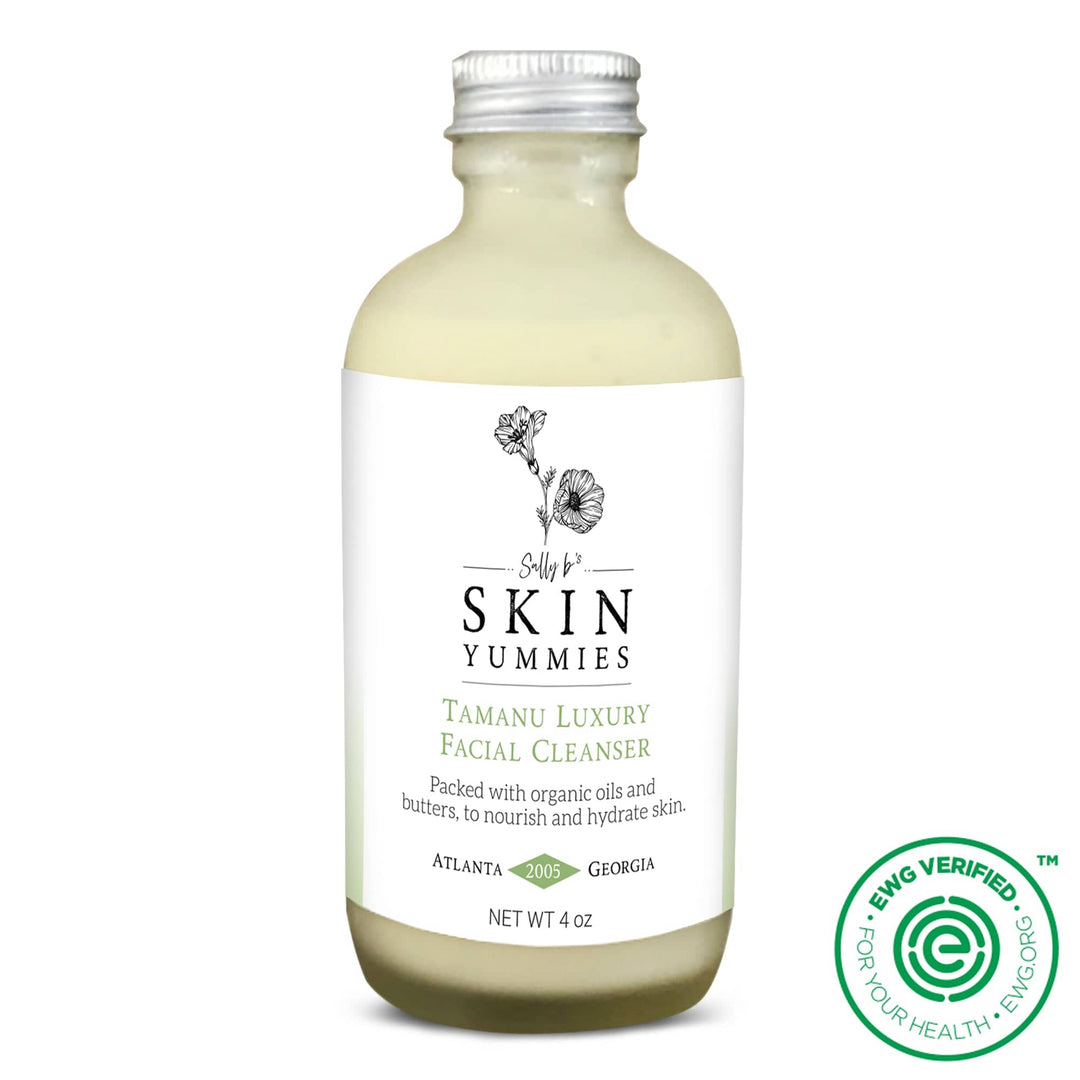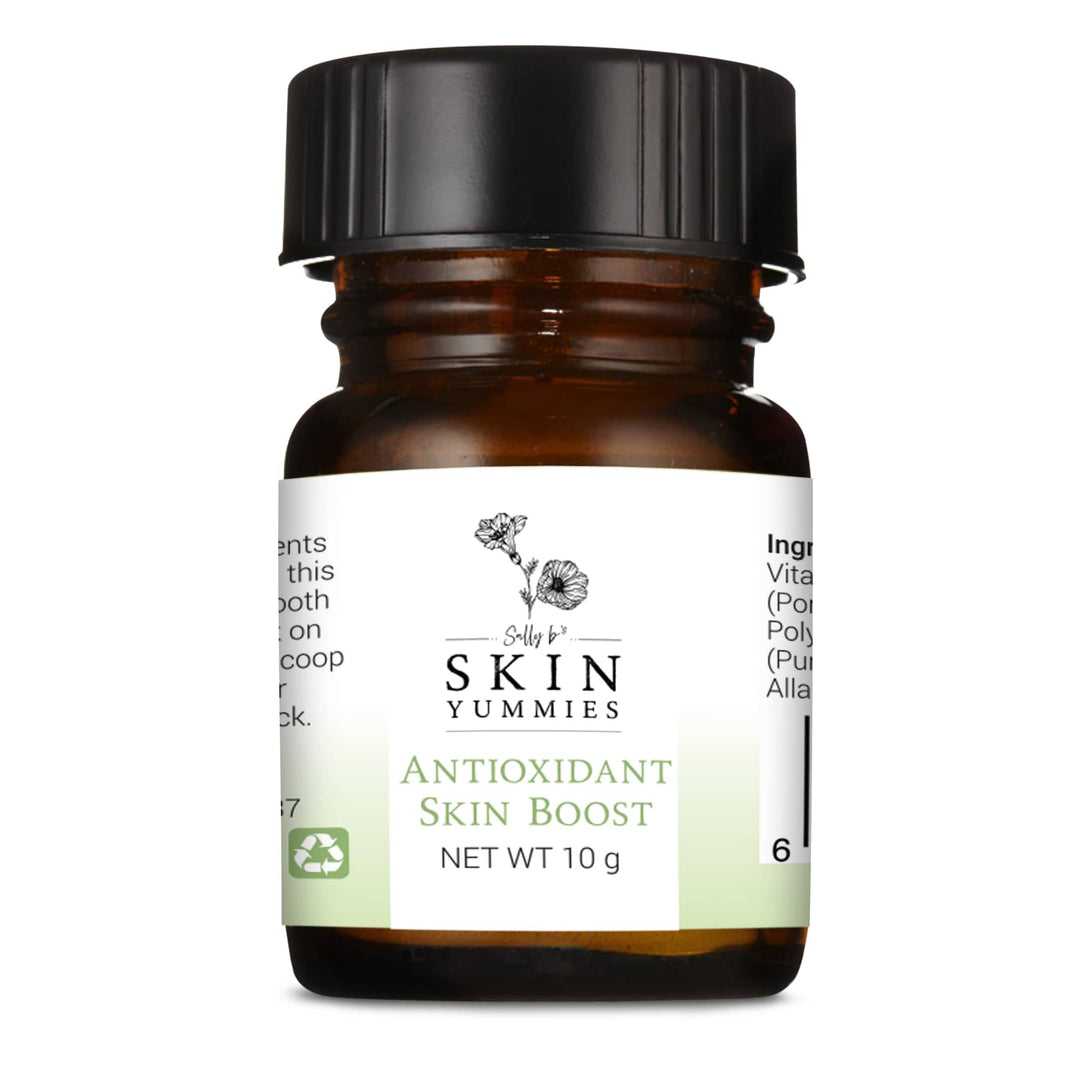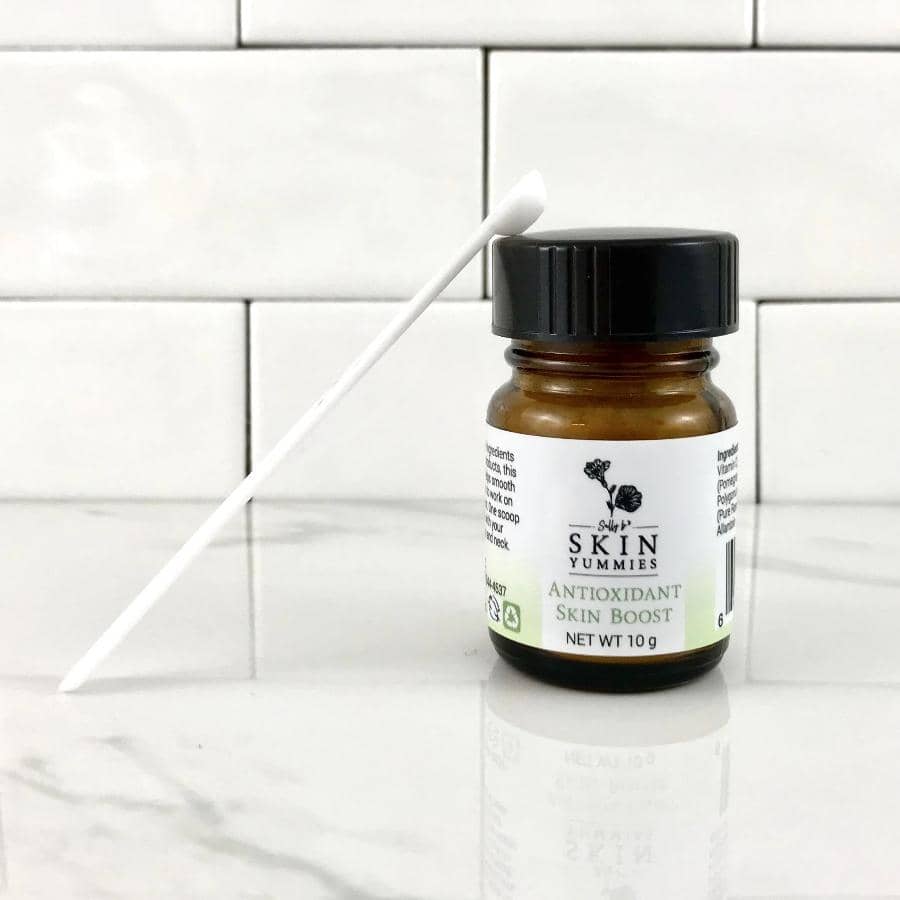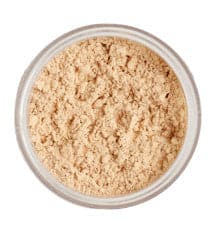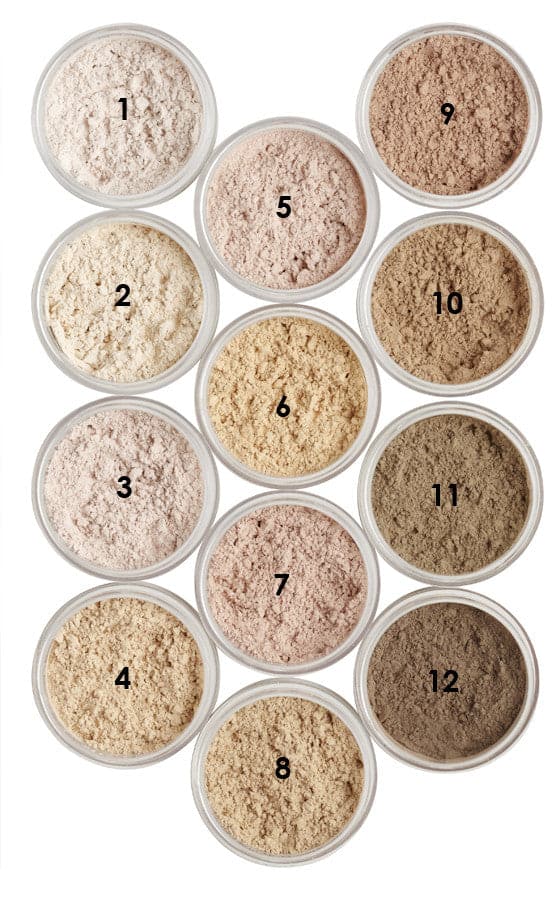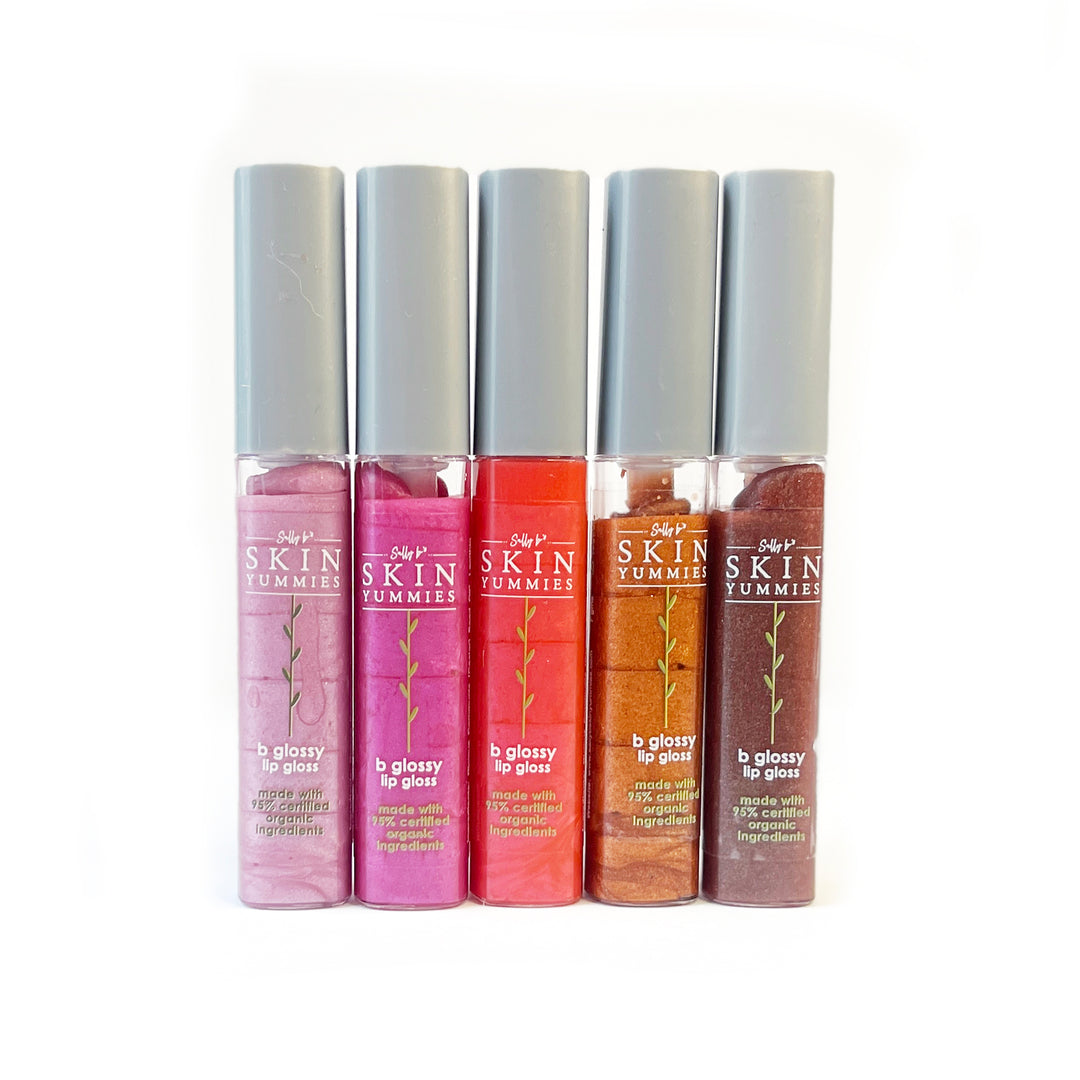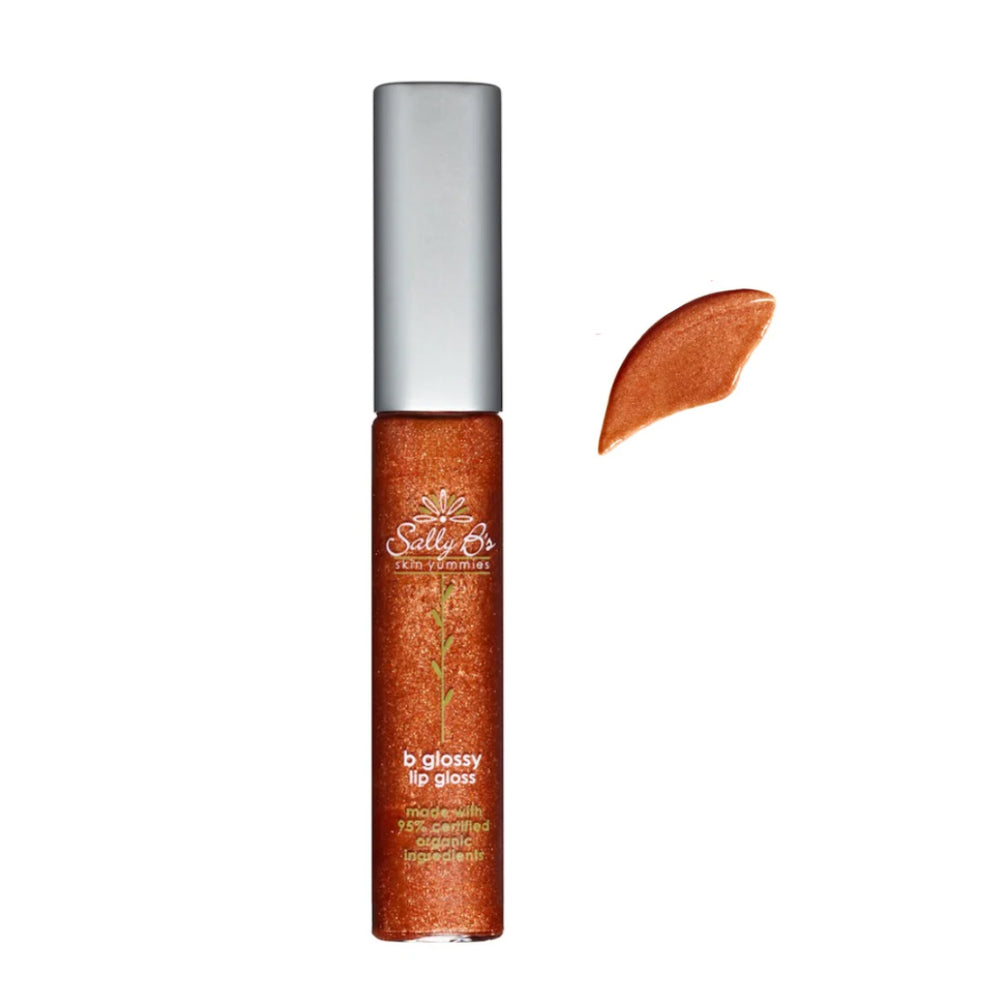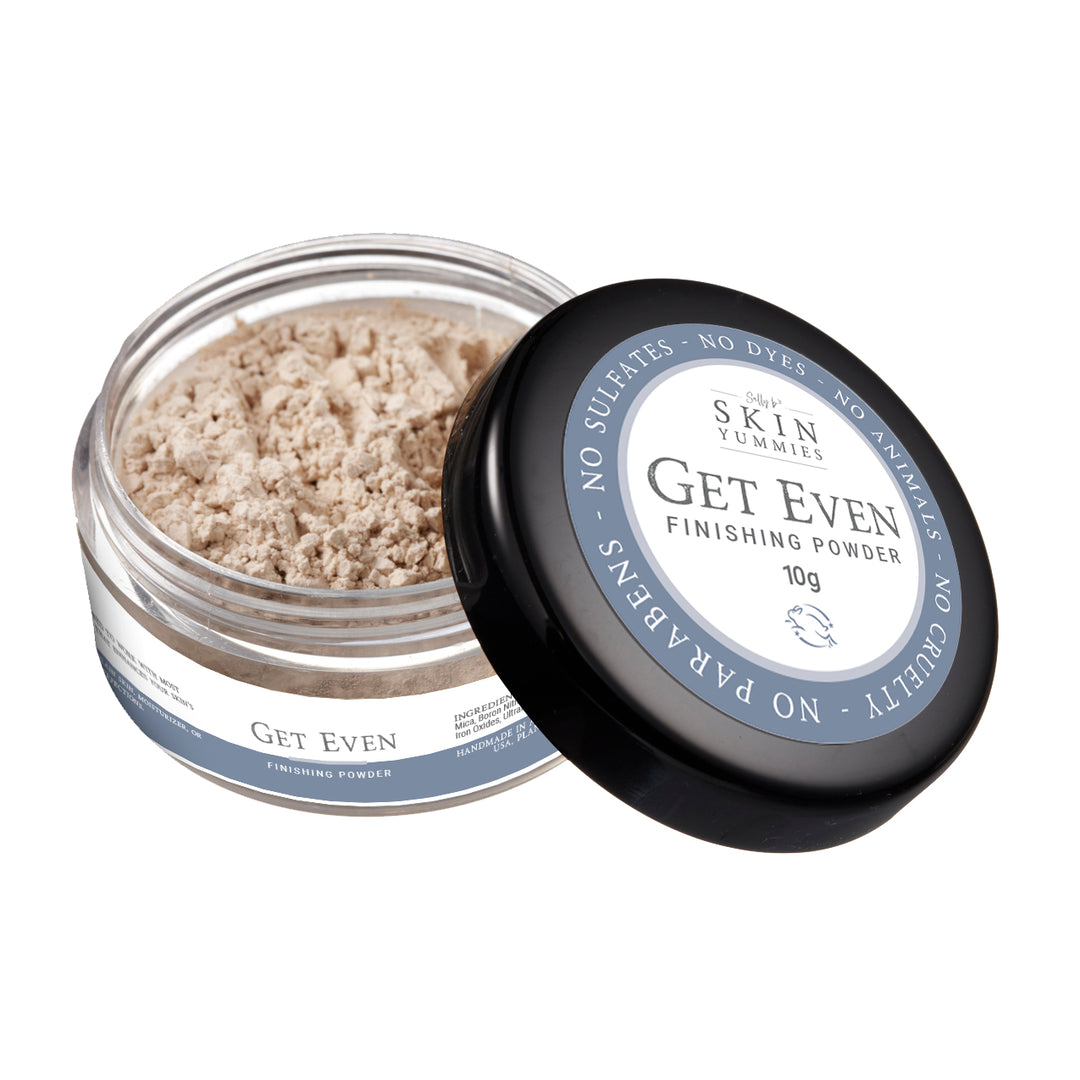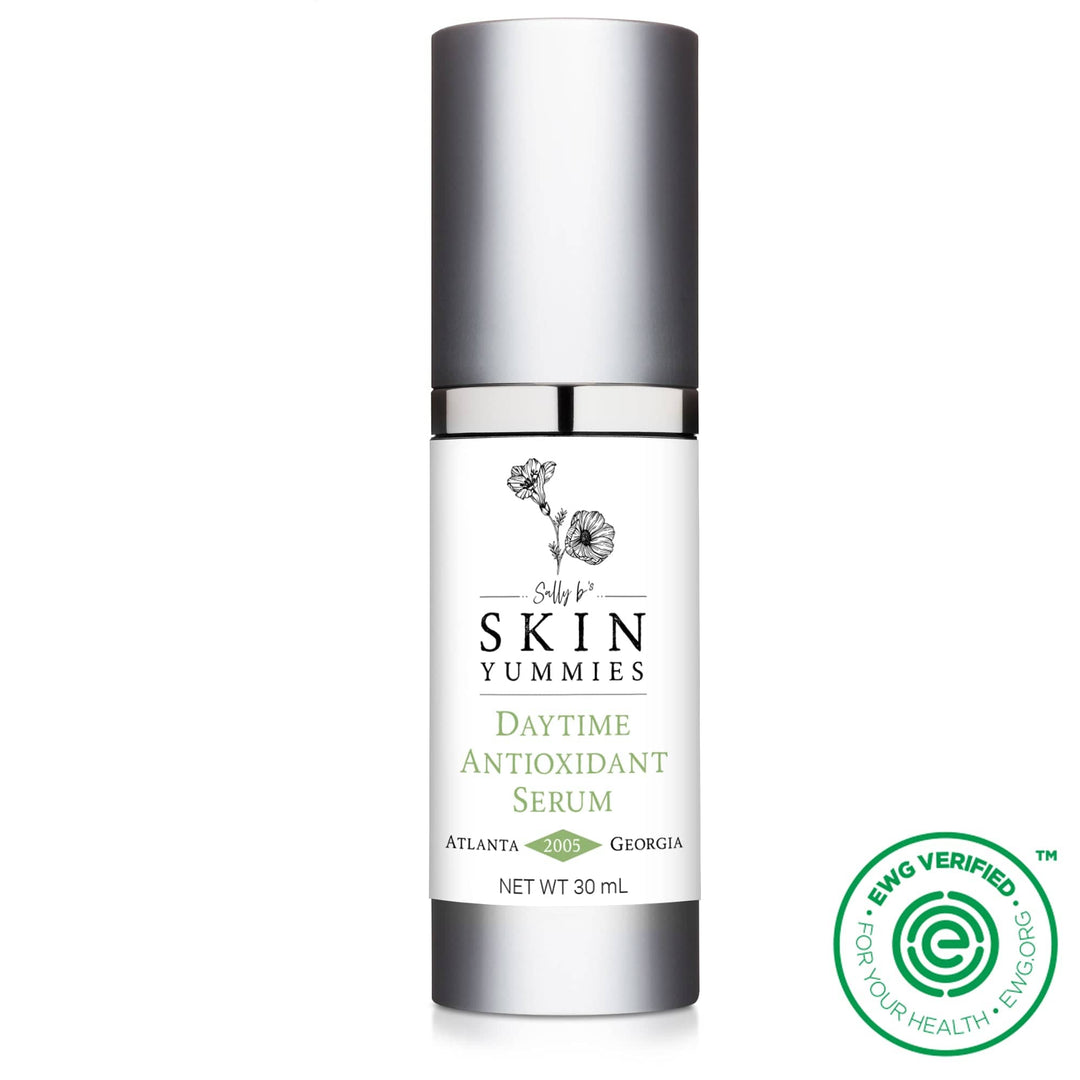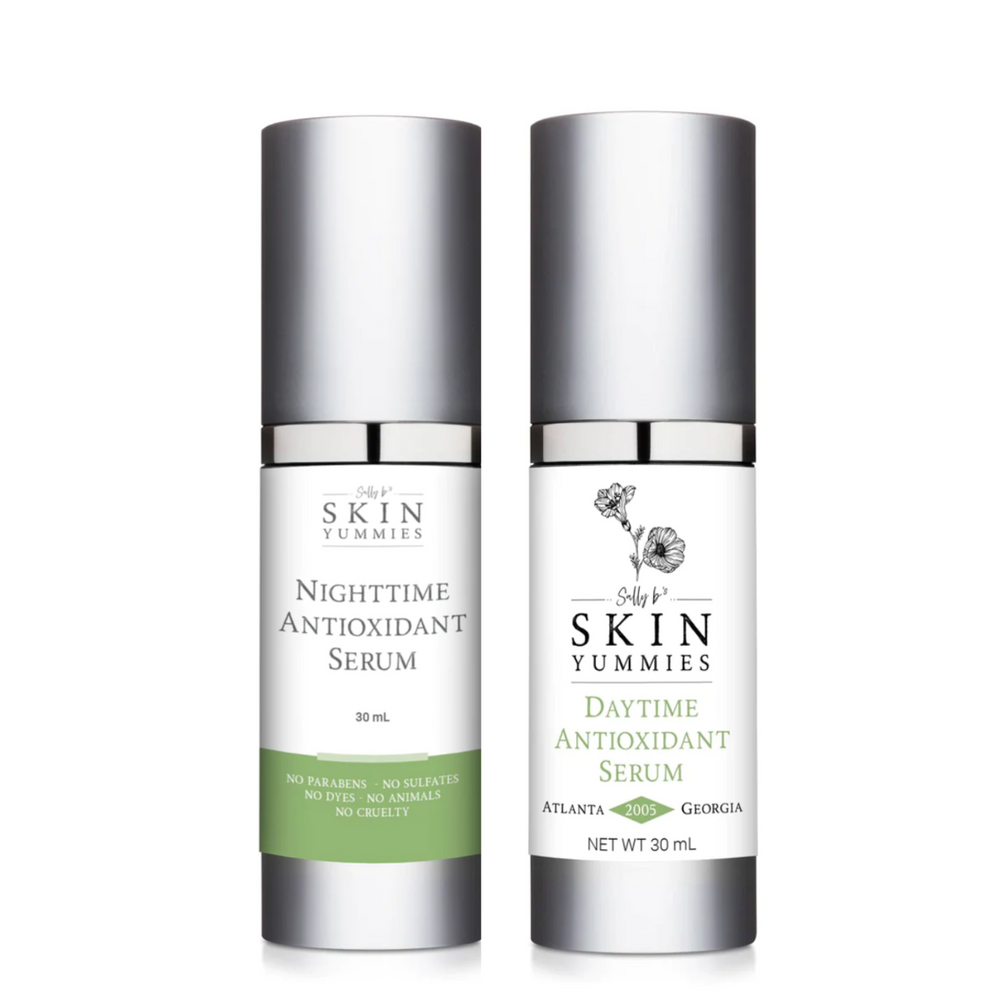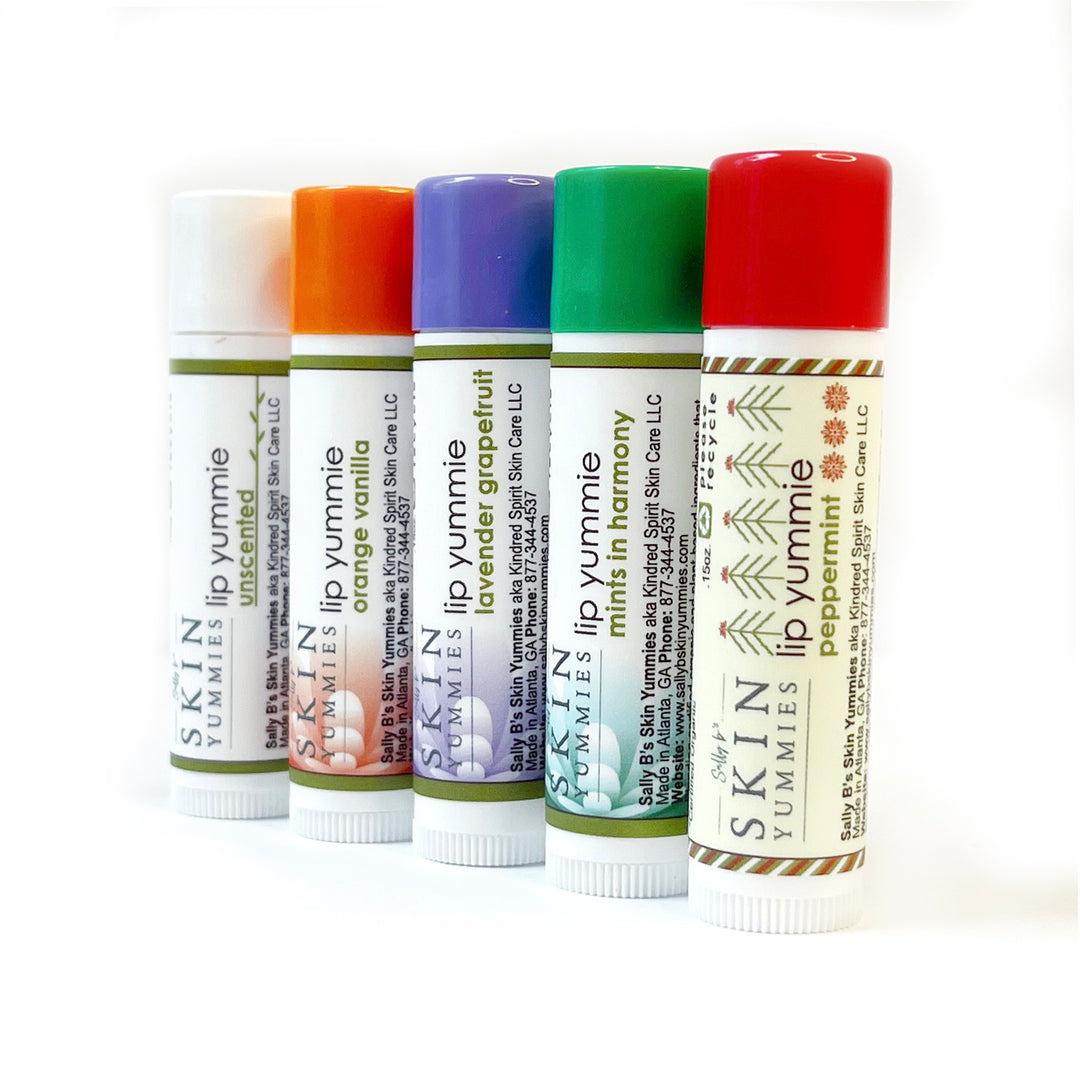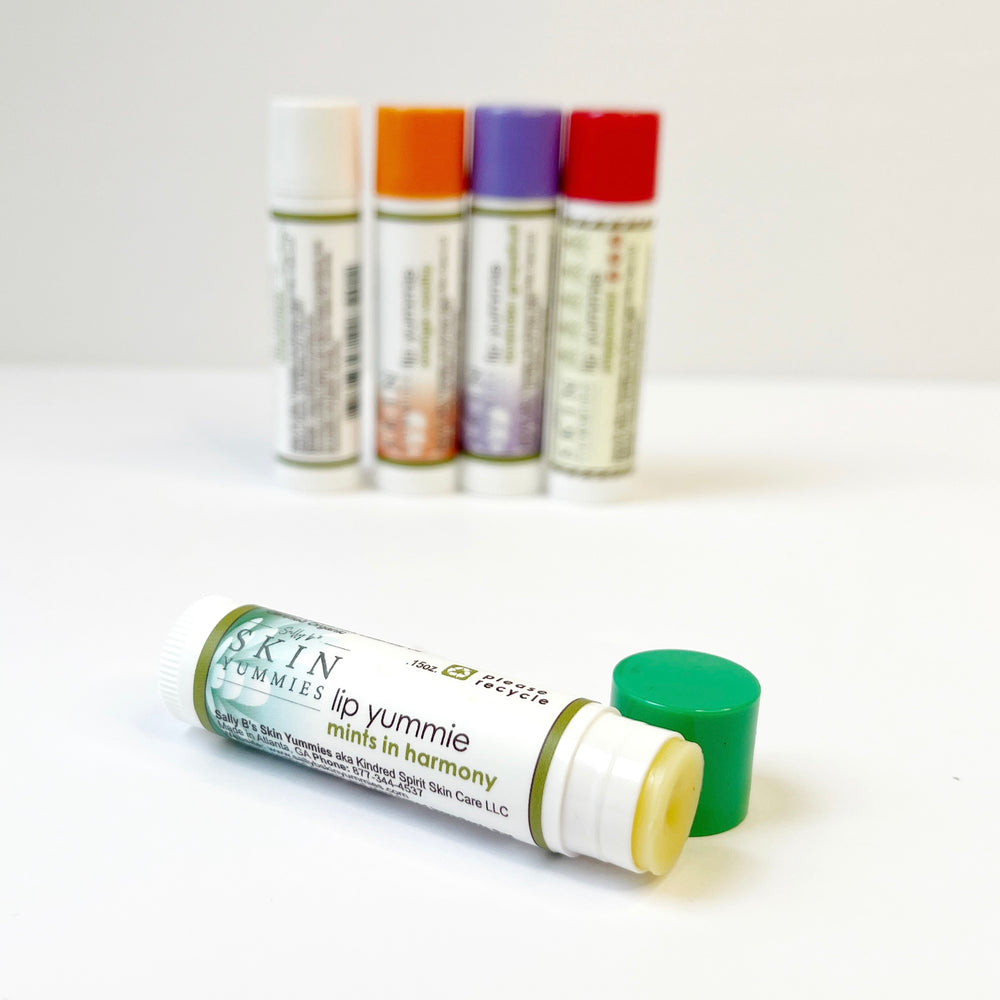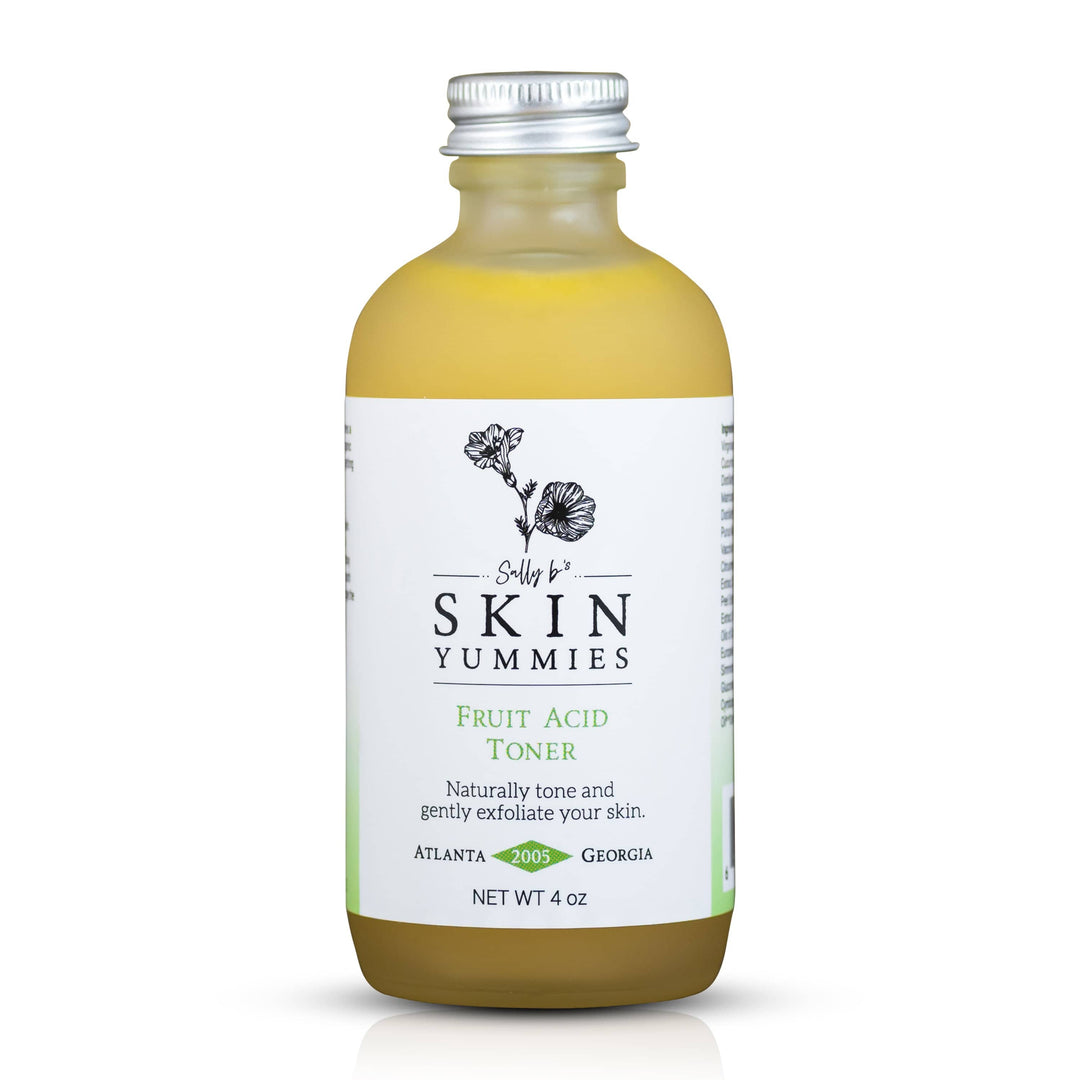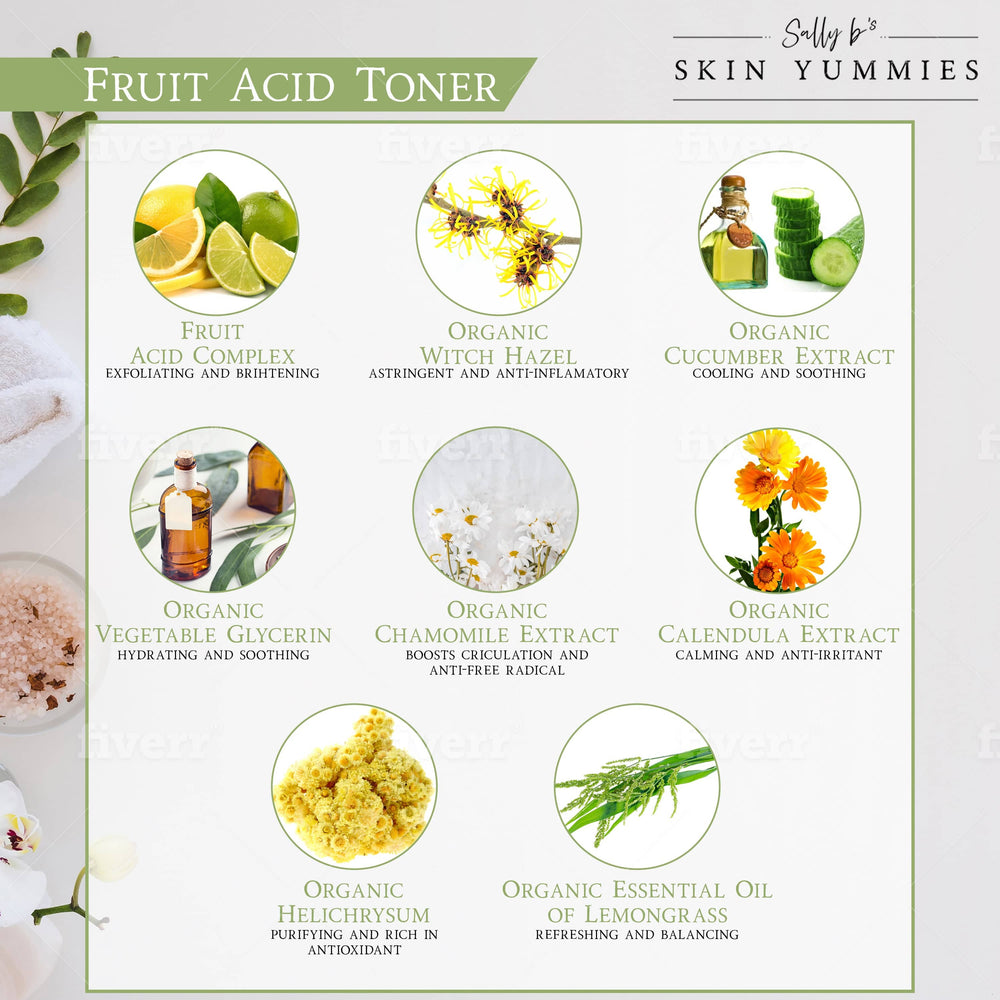
Discover daily skincare deals to brighten your holidays
It’s time to celebrate YOU! From December 9th to December 20th, treat yourself to radiant skin with our special daily deals. Each day, we’ll unveil a unique offer on one of our most-loved skincare products. But don’t wait—each deal lasts for 24 hours only!
Celebrate the Season with Daily Skincare Deals!
Celebrate with Savings
This Thanksgiving, we’re giving back to the amazing customers who inspire us every day. Enjoy 35% off sitewide with code "THANKFUL24" and make your skincare routine glow! Now is the perfect time to stock up on clean, non-toxic skincare at unbeatable prices.
Extra Thanks with Gift Certificates
As a special “thank you,” we’re gifting you a $5 gift certificate for every $50 you spend! Use it for future purchases or surprise a loved one with a thoughtful treat. Shopping clean skincare has never been so rewarding!
Earn More with Triple Rewards
Loyalty has its perks! During our Thanksgiving Sale, you’ll earn triple rewards points on every order. Save big now and enjoy the benefits later—redeem your points for even more of your favorite products!
Treat Yourself to Holiday Bundles
Give the Gift of Glowing Skin
View allA Little Note:
While gift cards, T-shirts, and our unique goodies aren’t eligible for discounts, they’re still the perfect way to share the love of Sally B’s. Treat your loved ones to a thoughtful gift that’s sure to bring a smile!





